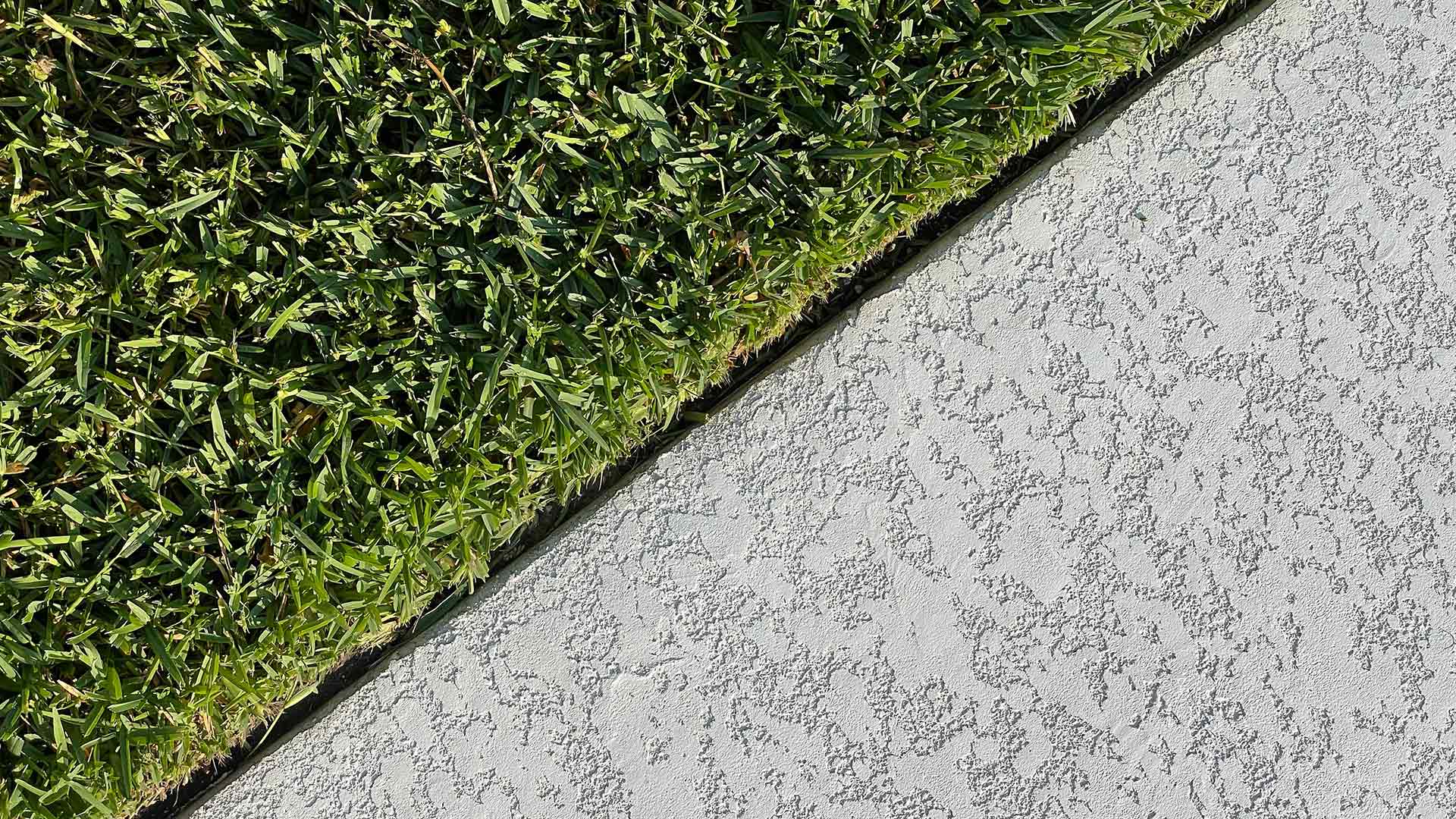We are better when we are informed
Today being World Architecture Day and World Habitat Day is another stark reminder that we must start and take serious action to address climate change. Running in parallel, these awareness days encourage conversation, debate, acknowledgement and action about the crisis we face – and that can only be a good thing.
World Architecture Day this year is centred around a “Clean environment for a healthy world” focusing on housing, public spaces and their relation to climate change; World Habitat Day is concentrating on “Accelerating urban action for a carbon-free world”. There’s a common theme and it’s here to stay.
The lighting industry is seeing a shift. Clients are pursuing sustainable solutions; manufacturers are addressing their products’ environmental impact and organisations are creating standards to enable circular economy practices. But collectively we need to take action quickly because time is running out. As an industry we talk a lot but action seems slow and we owe it to future generations to do more. As a business we know that we’re not doing as well as we can do, but we’re going to keep asking questions of ourselves and putting our operations and processes under the spotlight.
In recognition of today we’ve put together a collection of information we find inspiring, educating, inventive, encouraging, you name it – materials from and about our lighting community and beyond that we would like to share with you to contribute to the global conversation.
– The Carbon Revolution series by Dezeen contains loads of informative articles including a carbon guide. In the conclusion to the series Dezeen itself pledges to become a net-zero business by 2025.
– Perkins&Will is leading by example with its Net-Zero Now pledge. The architecture and design practice has committed to providing a net-zero embodied carbon or circular design strategy at RIBA Stage 2 for all new interiors’ projects. It holds itself accountable by reporting progress every six months and by 2030 all of its projects will be net-zero.
– Introducing “Orca”, a plant in Iceland where the world’s biggest carbon-sucking machine was switched on last month. It marks a milestone in the direct air capture industry.
– Apart from being a lighting recycling facility, Recolight run amazing webinars that have been instrumental in the conversation about sustainability and the circular economy. Upcoming talks/events are here, and previous talks are available on YouTube here.
– Skinflint, a vintage industrial lighting company, has a business model that’s based on product circularity. They salvage, reengineer and sensitively restore light fittings, and offer a buy-back scheme.
– Stoane Lighting continues to pave the way with its division ReNew. This allows the manufacturer to deal with repairs and upgrade requirements, underlining its ethos that a product should be built to last.
– Hei (cylindrical solar panels) and Selux have partnered to create an off-the-grid and sustainable lighting offering – Antares. We’re looking to use this product on a project that has very tight energy demands.
– Zhaga is really leading the industry on the front of component standardisation and interoperability. The consortium has just released a white paper sharing its aspirations to help facilitate “Circularity Lighting” – you can download it here (under Articles).
– The GreenLight Alliance has a vision to light up the world without depleting its resources. The team behind the initiative is establishing a collective that encourages conversation and knowledge sharing about the circular economy and lighting. Sign up and join the movement here.
– Soon to be released, the CIBSE and Society of Light and Lighting (SLL) Technical Memorandum 66, will be big news for enabling circular economy practices in our industry. It has already received industry recognition thanks to the Build Back Better Awards 2021.
– The Lighting for Good Charter developed by luxury goods group LVMH and Temeloy has a mission to rethink, redesign and reuse. The charter uses the Life Cycle Analysis to create an environmental profile for lighting products.
– Whilst not new, Studio Roosegaarde’s Smog Free Tower is a great example of cleaning tech, providing clean air in public spaces. And we can’t not mention the Smog Free Bicycles!
– Finally, there’s nowhere better than the Dezeen Awards 2021 Sustainability shortlist for the best of the best in buildings, interiors and designs.
For more on environmental impact and sustainable design in the lighting industry, check out this recent blog post by Paul Nulty.
Banner image: Justin Schwartfigure


